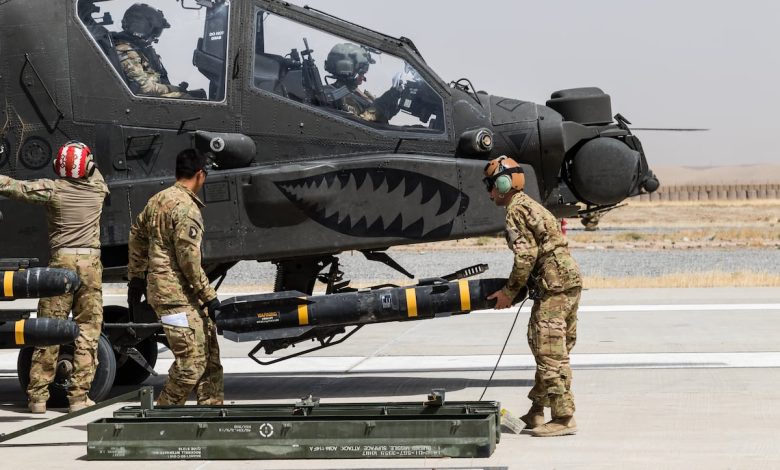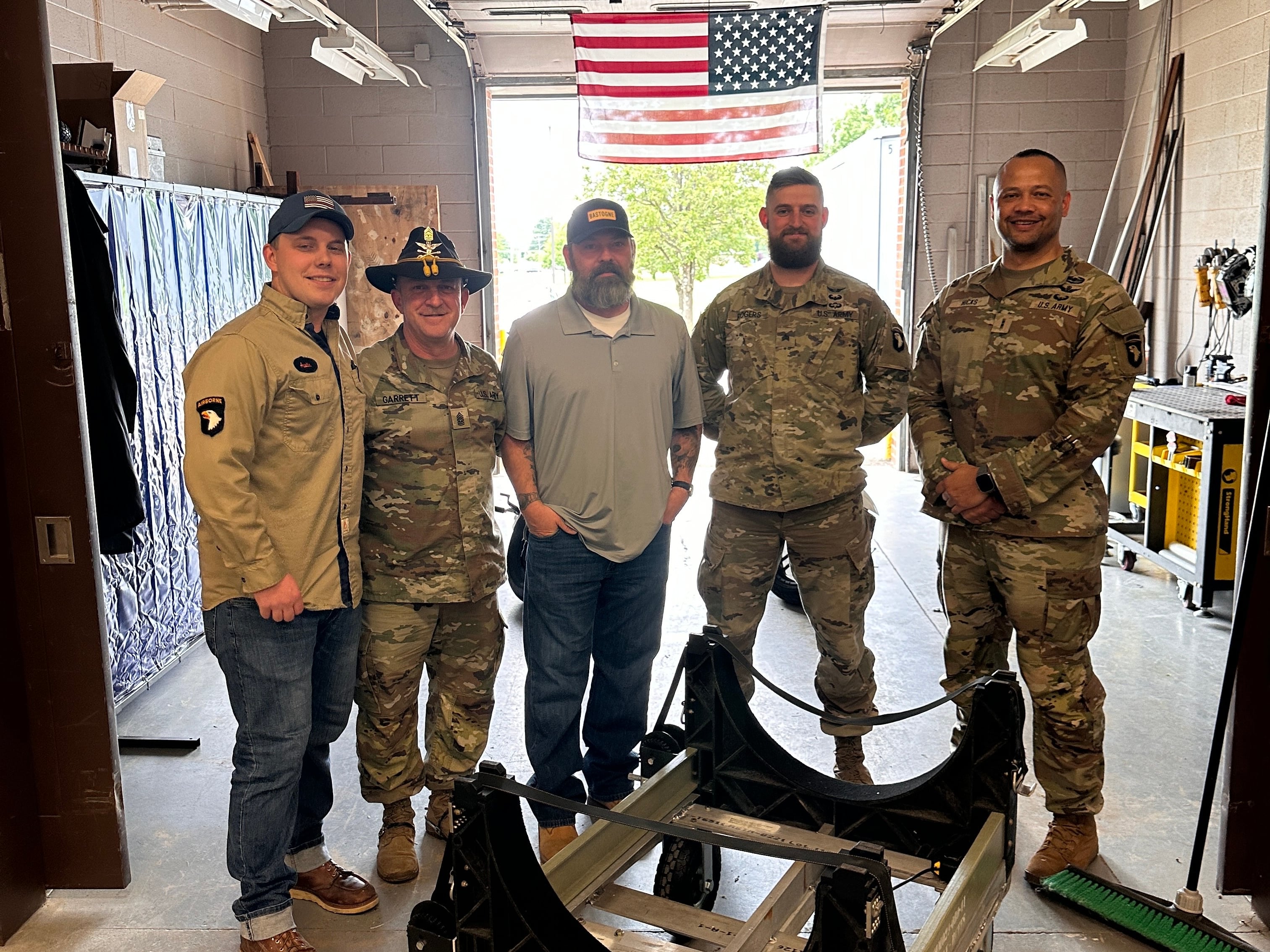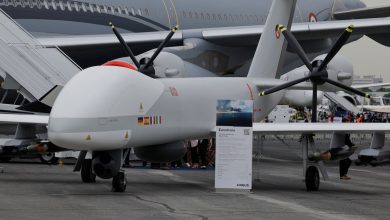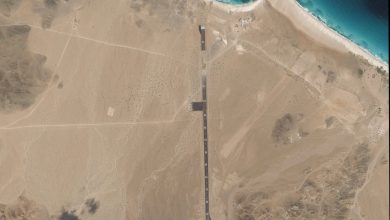Soldier creates device that speeds up Apache missile system rearming

Sgt. Travis Rogers took note of the excessive manpower, time and safety requirements each time his team had to swap out a key piece of gear on an Apache helicopter during rapid refueling and rearming.
The AH-64 Apache’s Reduced Crashworthy External Fuel System, or RCEFS, on the Hellfire missile launcher occasionally needs replacing during the brief refuel and rearm periods that occur in training or combat.
Akin to a militarized NASCAR pit crew, the ground team for an Apache at a forward arming and refueling point, or FARP, works to quickly load and offload munitions, fuel and any other needed supplies. With the potential of peer adversaries striking aircraft nearly anywhere in the battlespace, the Army and Marine Corps are relying ever more on such FARP missions to extend the range and lethality of their aircraft.
During their much-publicized August rotation at the Joint Readiness Training Center at Fort Johnson, Louisiana, soldiers with the 101st Airborne Division conducted stops at six FARPs during their 500-mile flight from Fort Campbell, Kentucky.
Training four seasoned soldiers to remove and replace the RCEFS to do that task in under eight minutes was considered an accomplishment. But Rogers, a former Apache repairman who has since become a warrant officer, saw potential to be an even faster.
“We started going over the possibilities of how we could do that in a safe and quick manner,” Rogers said. “After I mentioned the cart idea, we started looking at how some of the other branches used carts. Then my lieutenant told me, ‘You could probably just take this to EagleWerx.’”
The “cart idea” was, in essence, a kind of wheelbarrow device Rogers and his team had concocted. But it was EagleWerx, an innovation center on Fort Campbell, that could help make the option a reality.
The center provides soldiers with a place where they can bring their ideas, according to Chief Warrant Officer 3 Ricky Hicks, who serves as the 101st Combat Aviation Brigade’s innovation officer. And if the idea is feasible and can fix an issue, soldiers can use the “maker space” at the innovation center to create and test the concept, Hicks added.
“At first it was just a thin frame with a very long handle at the front that you would put the RCEFS in and raise and lower it with manpower — basically a wheelbarrow,” Rogers said. “Now we’ve reinforced the frame, the handle is removable like the hitch to your car and it has a winch system that can raise or lower using a hand crank or even an impact drill.”
Adding that simple tool cut the loading and offloading speed down from a fast time of 7 minutes, 30 seconds to a minute.
“The first time we did it with the cart we got it in just over a minute,” Rogers said. “So, I would imagine that same crew, after using the cart over and over again, could probably get that down to 30 seconds with no issue.”
Currently the cart is in its testing phase at Fort Campbell, according to a service release.

“We want units to beat the heck of out of these things,” said Rogers. “Do everything you can possibly do. Take an RCEF off in the field, in the dirt, in the mud. Tell us what doesn’t work so we can make this better.”
Rogers said bringing the idea from a sketchbook to a physical tool that troops are using made him feel like he was truly helping soldiers.
“What really made things [happen] was how receptive he was to other people’s input on his project,” Hicks said of Rogers. “He was always quick to say, ‘Listen I want to make this thing as good as it can be and if that’s outside myself and my understanding then help me make it better.’ He was incredibly dedicated to the project.”
Todd South has written about crime, courts, government and the military for multiple publications since 2004 and was named a 2014 Pulitzer finalist for a co-written project on witness intimidation. Todd is a Marine veteran of the Iraq War.
Read the full article here






